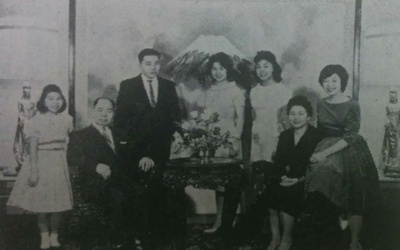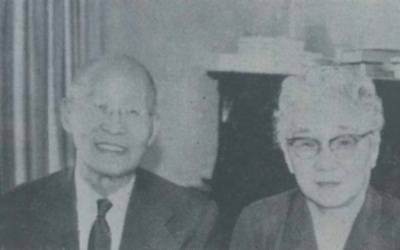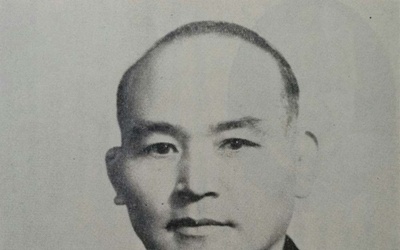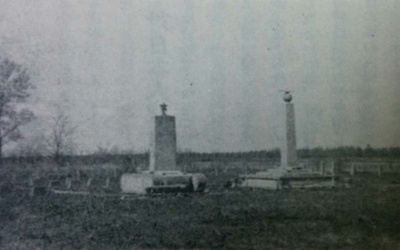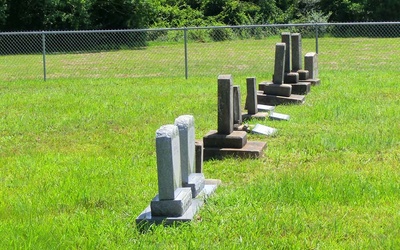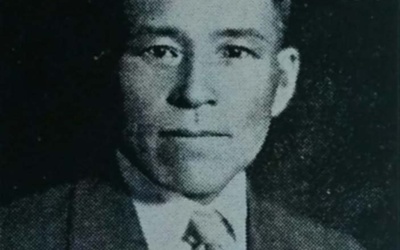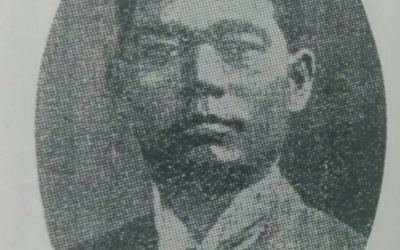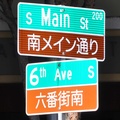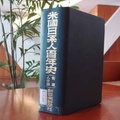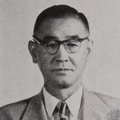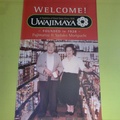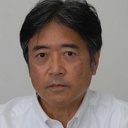
Ryusuke Kawai
@ryusukekawaiJournalist and non-fiction writer. Born in Kanagawa Prefecture. Graduated from the Faculty of Law at Keio University, he worked as a reporter for the Mainichi Shimbun before going independent. His books include "Yamato Colony: The Men Who Left Japan in Florida" (Shunpousha). He translated the monumental work of Japanese American literature, "No-No Boy" (Shunpousha). The English version of "Yamato Colony," won the 2021 Harry T. and Harriette V. Moore Award for the best book on ethnic groups or social issues from the Florida Historical Society.
(Updated November 2021)
Stories from This Author
No. 27 Japanese Americans in New Jersey and New England
Aug. 28, 2015 • Ryusuke Kawai
I would also like to introduce Chapter 21, "New Jersey," and Chapter 22, "The New England States," which deal with Japanese Americans in the "Centennial History." Regarding New Jersey, the book summarizes two points about the footsteps of Japanese Americans. The first is about early Japanese people, and the history of Japanese people in Atlantic City, famous for its casinos. Bustling Atlantic City In 1892, an American who was doing business in Kobe organized a caravan with several other Japanese …
No. 26 Japanese Americans in New York State
Aug. 14, 2015 • Ryusuke Kawai
With a few exceptions, the "Centennial History" devotes few pages to Japanese Americans in the central, eastern, and southern states of the United States, but New York State, home to the large city of New York, is an exception, with 50 pages, including advertisements, summarizing their footsteps and activities. It is also the economic center of the city, and is lavishly decorated with advertisements from Japanese companies and stores, including banks, trading companies, transport companies, securities companies, and restaurants, such …
No. 25 Japanese Americans in the Central Northeast States
July 24, 2015 • Ryusuke Kawai
In "Centennial History," Chapter 19 introduces the footprints and activities of Japanese and Japanese-Americans in the four states surrounding the Great Lakes: Ohio, Indiana, Michigan, and Wisconsin. In this book, it is written as Ohio and Michigan, but here it is Ohio and Michigan. The four states together take up about 10 pages, which is quite a small amount, with Ohio taking up six of those pages. In Ohio, there are a few Japanese people living in Cleveland, followed by …
No. 24 Japanese Americans in Illinois
July 10, 2015 • Ryusuke Kawai
Illinois is written as Illinois, but in the "Centennial History," it is written as "Illinois" in Chapter 18, perhaps because it was read as it is in the Roman alphabet. There is no set rule for writing English in katakana, and there seems to be no rule for replacing English with kanji, so even in the "Centennial History," there are some spellings that are not used today. The representative city of Illinois is Chicago, but it is sometimes written as …
Vol. 23 Japanese Americans in the Five Central States
June 26, 2015 • Ryusuke Kawai
In the "Centennial History," many pages are devoted to states on the West Coast, such as California, but when it comes to states in the central United States, the footprints and achievements of Japanese people are few, or perhaps there is little information available, and they are only introduced in a very limited number of pages. The five states introduced in "Chapter 17: The Five Central States" are, from the north, Iowa, Kansas, Missouri, Oklahoma, and Arkansas. According to statistics, …
No. 22 Japanese Americans in the Three Central North States
June 12, 2015 • Ryusuke Kawai
The three central north states are Minnesota, South Dakota, and North Dakota. In the Centennial History, ten pages are devoted to the area in Chapter 16. Minnesota "Before the Chicago World's Fair in 1893, there was a department store run by Tanaka Kusutaro called "Kiritsu Kogyo Kaisha" and a Japanese store called "Kansai Boekisho" in St. Paul, and Matsubara Shigehide and others were in charge of business there, so it's a story from quite some time ago," he said, referring …
No. 21 Japanese Americans in Texas
May 22, 2015 • Ryusuke Kawai
"The Centennial History" devotes 36 pages to "Chapter 15: Texas." The Japanese introduced here are different in their activities from the Japanese immigrants who appeared in most of the chapters on other states. In Texas, there were some migrant laborers, but what stands out is the attempt to establish settlements by investing capital from Japan, mainly for rice production. The book captivates readers with stories about notable activities and unique examples among early immigrants, including those involved in the settlement …
No. 20 Japanese Americans in Nebraska and New Mexico
May 8, 2015 • Ryusuke Kawai
Nebraska Nebraska is a state with many plains and fertile soil, suitable for agriculture and livestock farming. The main industry is agriculture, with a wide variety of crops including grains, fruits, vegetables, sugar beets, and pasture grass, and the state is also known for its horses. Manufacturing is thriving in the state capital, Omaha. The first large-scale Japanese immigrants to the state were in 1904, when Okajima Kaneya sent about 120 people to work in a cannery in Omaha. Other …
No. 19 Japanese Americans in Arizona and Colorado
April 24, 2015 • Ryusuke Kawai
Arizona The section on Arizona in the "Centennial History" begins with the opening line, "The pioneering efforts of the Japanese who fought through the scorching heat of Arizona, symbolized by the desert, cacti, and cowboys, to build the farmland we know today is admirable." It also goes on to say, "The Japanese are great benefactors to Arizona agriculture." The first agricultural activities by Japanese people were in 1905, when 120 workers were sent to work on a sugar refinery company's …
No. 18 Japanese Americans in Nevada
April 10, 2015 • Ryusuke Kawai
After the war, the area was scattered and reduced in size. The number of pages that "Centennial History" devotes to introducing each state does not seem to be related to the number of Japanese living in that state or the number of Japanese immigrants at the time. The Japanese people of Utah, which was introduced in the previous chapter, are introduced over 44 pages, but the neighboring state of Nevada (Chapter 10) is only five pages long. In 1910, the …

